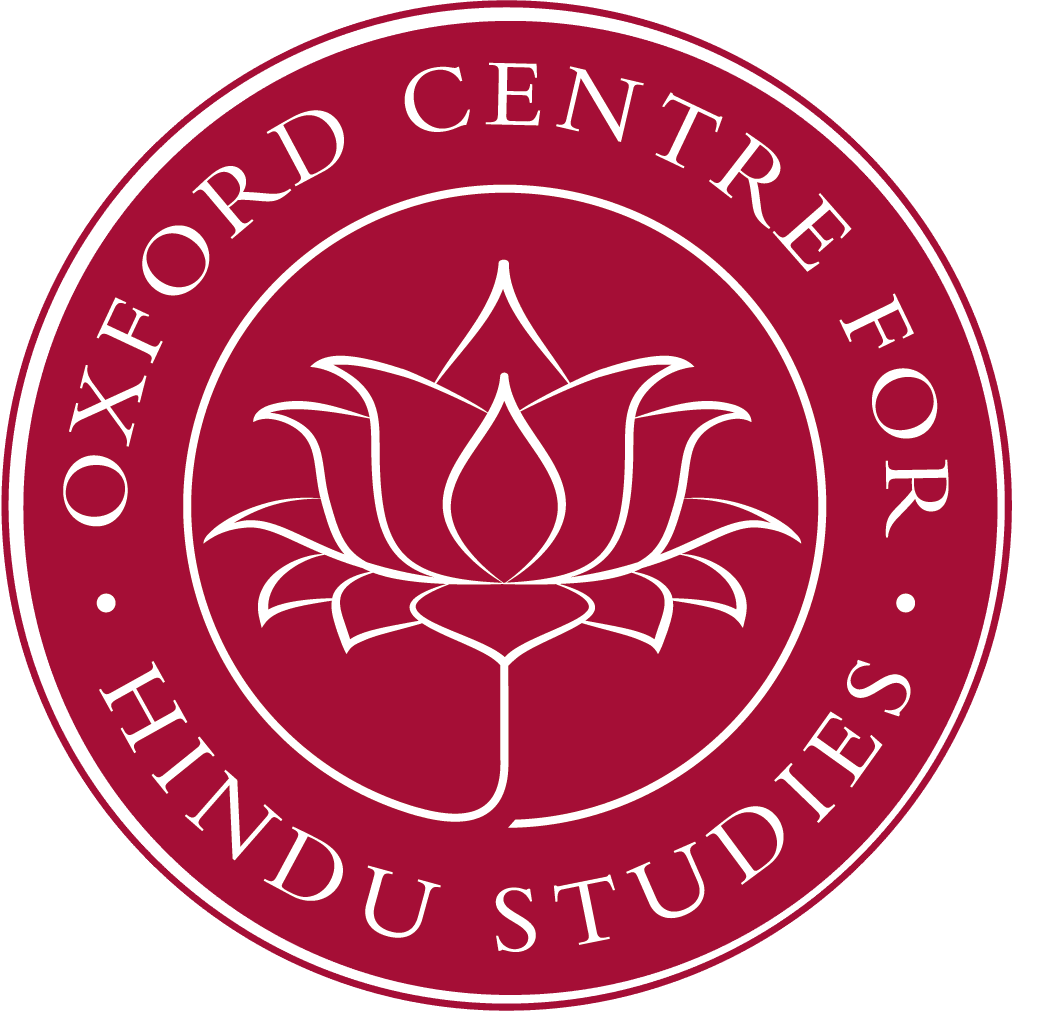Session 15 of the 2007 Shivdasani Conference.
As part of his mendicant vows, a Jain monk is committed to total non-possession.* He owns nothing. He is dependent upon the laity for even his robes , bowls, staff, and other ritual insignia and paraphernalia. These are, so to speak, “loaned” to him by the laity. In theory he should not ask even for these, and if the laity choose not to provide them, he should do without.
Jain temples are the sites of great wealth and display. Wealthy patrons vie with each other to see who can spend the most money building and renovating the most temples, and in other ways be seen as prominent supporters of Jainism. Jain temples are grand architectural creations, filled with hundreds of carved stone and cast bronze icons. In the Åmbara case, many of these icons are ornamented with expensive gold and jewelry. In both Åmbara and Digambara temples one sees extensive and expensive ornamentation of the temple itself, as it is understood to be the divine palace of the true king of kings, the true lord of lords.
One might expect, therefore, that mendicancy and temples are two discrete realms of Jain practice, with little to connect the two. Surely the ritual, visual, material, and devotional culture of temples and icons is a lay creation, grafted onto an original mendicant, renunciatory core of Jainism.
This is not the case, however. Mendicancy and temples are integrally intertwined, and the resistance to those few instances in Jain history when critics have attempted to uncouple the two indicates just how strong are the ties that bind the two together for the majority of Jains.
In this paper I explore four facets of the mendicant promotion of temples and icons.
1. Some of our earliest evidence of icons in Jainism–and in South Asia in general–comes from Mathura. Most of the many Jina icons from Mathura are inscribed, telling us information about the donor. While in all cases the donor is a layperson–and in this the Mathura Jain evidence differs from the Mathura Buddhist evidence–in almost all cases we also find that a mendicant played an integral in the dedication and installation of the icon.
2. Common to both the Åmbara and Digambara traditions is an ancient conception of mendicant practice as structured around six required daily ritual activities. While five of these–equanimity , veneration of the mendicant superior (vandana), confession (pratikramana), vowed asceticism , and meditative renunciation of the body –are clearly of a more renunciatory, non-material nature, the sixth–veneration of the icons/temples (caitya-vandana) shows that icons and temples are essential to mendicant practice.
3. Ritual manuals for the consecration and installation of icons date only from the medieval period. But they show that mendicants play an essential, in many ways even irreplaceable, role in consecration.
4. Both medieval and contemporary evidence shows that mendicants have frequently promoted the ritual culture of temples and icons to their devotees. Monks preach that building temples and donating icons earns a great store of merit. Monks encourage their lay devotees to restore old and dilapidated temples. Monks organize consecration festivals, and distribute new consecrated icons to many temples as a way of spreading their institutional charisma.
Most accounts of Jainism pay attention largely to Jain asceticism and renunciation. Temples and icons appear largely in the illustrations to the accounts, not in the text. But an accurate portrayal of Jainism needs to keep both mendicants and temples firmly in the centre of focus. Further, that accurate portrayal needs to see how mendicants have been central to the culture of temples and icons, and vice versa.
* While there have always been large numbers of Jain nuns, for the most part they have not played the same role in the ritual culture of temples and icons as monks, and so I intentionally use the male pronoun here.
